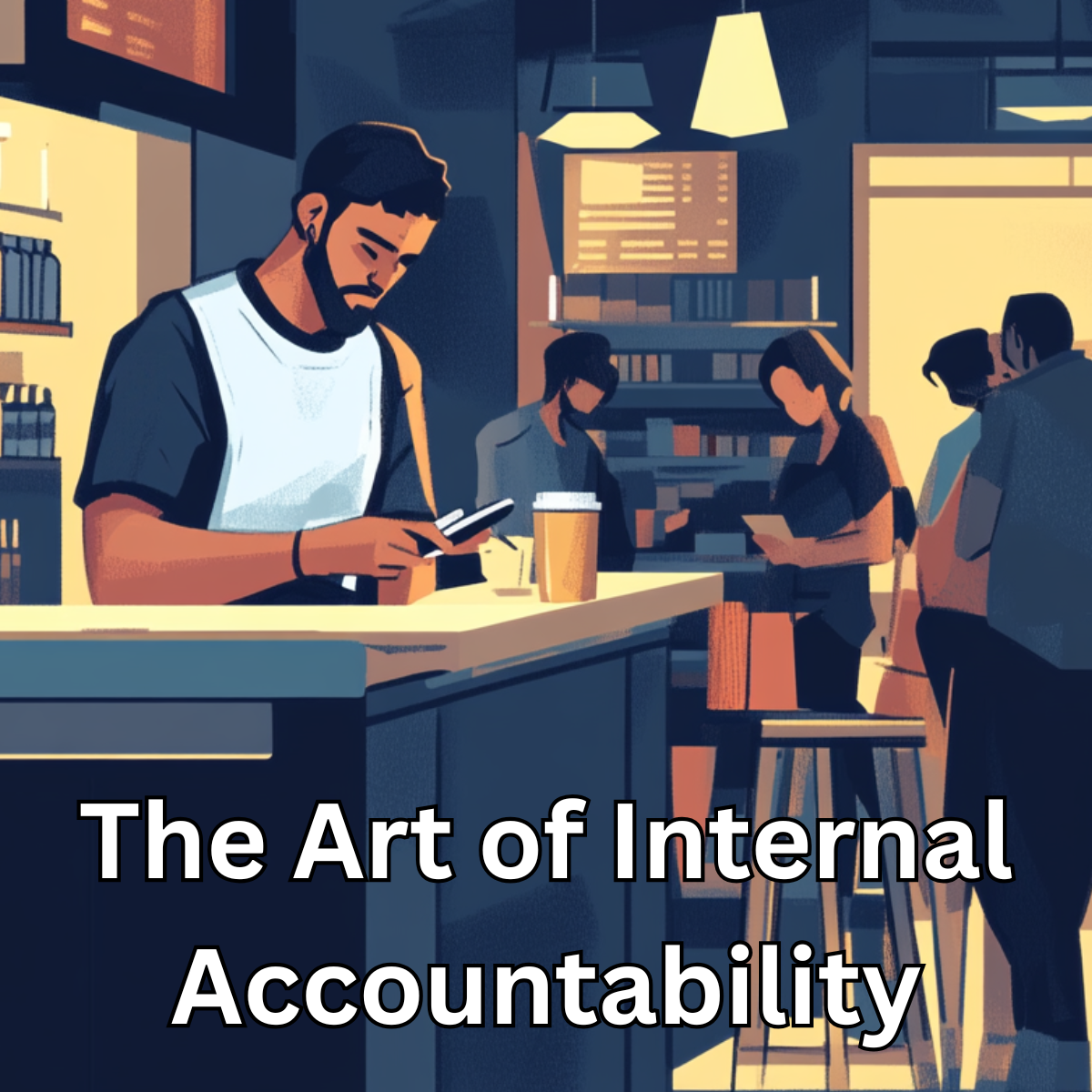One of the most difficult things to master is the ability to be productive when no one else is watching. When there’s no manager checking in, no supervisor laying down expectations—just you, your thoughts, and the long list of things you promised yourself you would do.
I spent much of my early adult life pursuing autonomy. To me, this meant living without the oversight of others—answering only to myself and God. It seemed noble, even righteous. However, as I matured, I realized that autonomy is a paradox. The more I sought to free myself from external oversight, the more accountable I became. Why? Because every goal I pursued, every commitment I made, tied me to others—clients, partners, employees, family. The illusion of freedom dissolved, replaced by the sober truth that responsibility expands with liberty.
I avoided traditional bosses. I worked hard to escape the office hierarchy and create my own path. But there is a double-edged sword to such independence. While you remove the pressure of immediate oversight, you also remove the safety net of external structure. Without someone looking over your shoulder, personal accountability becomes your last line of defense against entropy.
So how does one self-motivate when no one is standing over you?
The reality is, accountability always comes. Whether it’s in the form of a client deadline, a payroll you need to meet, or a commitment to your family, the consequences of inaction eventually catch up. But in the quiet hours—when you could just as easily waste the day as use it—that’s where the real battle lies. And for those of us determined to live without a conventional boss, we must become one for ourselves.
Internal accountability is not a singular system. It’s a multifaceted approach—a discipline developed through trial, error, and reflection. After years of navigating this terrain, I’ve identified five core components that form the foundation of any effective self-accountability system:
- External Accountability Structures
Even the most self-motivated individuals need to be seen. This could be a mastermind group, a trusted mentor, a coach, or even a friend. The structure doesn’t matter as much as the fact that it exists. You can also make public commitments. There’s something profoundly motivating about telling others what you intend to do—and the accompanying embarrassment if you fail to follow through. Shame is not a pleasant motivator, but it can be an effective one. Paid coaching or structured groups work well for many. Think of this as temporarily outsourcing the boss role, while you learn to internalize it.
- Internal Accountability Tools
These are the practical, day-to-day systems that keep you on track. I’ve found a weekly review indispensable. Every Sunday morning, I sit down with a dedicated journal to reflect on what I’ve done and where I need to go. Daily task lists—especially those with non-negotiable actions—are critical. I use a blend of Evernote and Todoist to manage these, and while these tools aren’t perfect, they keep my responsibilities visible and persistent.
- Performance Tracking
You need a scoreboard. Not for vanity—but for clarity. Games are engaging because they have measurable progress, and the same logic applies to personal growth. I keep a scorecard of annual goals—updated regularly—and track progress with visible metrics. Streaks are powerful. Once you’ve completed something for 20, 30, 100 days in a row, the idea of breaking the chain becomes painful enough to keep going. The scoreboard makes your progress undeniable, and equally, your neglect visible.
- Consequence and Reward Systems
This is an area that I don’t rely on heavily, but I acknowledge its value. Immediate, realistic rewards can provide useful motivation. They don’t have to be material. Sometimes, just allowing yourself a break, or the satisfaction of checking off a difficult task, is enough. Consequences can work too, but I find that they are most effective when natural. If I don’t follow through on a key task, the burden of delay becomes its own punishment. The key is not to let reward or punishment replace purpose—but to use them as helpful nudges when willpower wanes.
- Visibility
Whatever system you use must be ever-present. Your goals, your tasks, your reminders—these should confront you regularly. If your system is buried in a notebook or an app you rarely open, it will fail. I keep key goals pinned to the top of my digital tools and visible in my physical workspace. Out of sight is truly out of mind. If you want to stay accountable, you must surround yourself with reminders of what you’ve committed to become.
Conclusion
There’s a quiet dignity in living a life governed by internal accountability. No one may see your effort, no one may applaud your consistency—but the impact is real. The choices you make when no one is watching are the ones that shape your character. And over time, they shape your destiny.
We may seek freedom from oversight, but that does not absolve us from responsibility. In fact, it demands more of it. The path of autonomy is not the absence of accountability—it is the art of internalizing it.
And if you can master that, then you are truly free.




